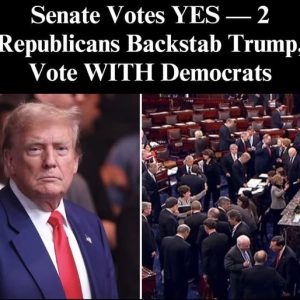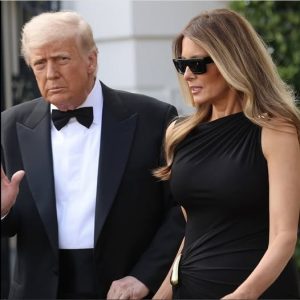President Donald J. Trump is facing some of the lowest approval ratings of his presidency during the ninth month of his second term, according to recent polls that confirm earlier speculation of a steep decline in public support. The data has reignited political debate in Washington, with analysts split over what the numbers signify. Some view the drop as evidence of persistent national polarization, while others attribute it to the President’s combative leadership style and the controversies that continue to define his administration.
Since his second term began, Trump has maintained a fast-paced governing approach characterized by bold decisions, rapid policy changes, and an unwavering defiance toward critics. His supporters see these traits as marks of strength and determination in the face of what they consider unfair opposition from the media and political establishment. However, critics argue that this same intensity has bred public exhaustion and eroded trust in government institutions, leading to declining approval ratings even among some moderate voters.
The polling results also reflect a broader and more entrenched political divide across the United States. For a portion of the electorate, Trump embodies resilience and a willingness to challenge entrenched systems. For others, his presidency represents chaos, unpredictability, and a lack of civility in public discourse. The deep split over his leadership underscores a national mood of division, where perceptions of success and failure depend largely on partisan identity rather than policy outcomes.
While approval ratings offer a snapshot of public sentiment, they do not capture the full scope of presidential impact or policy consequences. For Trump, the challenge lies in how he responds—whether by recalibrating his message or doubling down on his existing strategy. As his administration navigates growing scrutiny, the coming months will test both his political endurance and the country’s ability to bridge its deep ideological divides.




